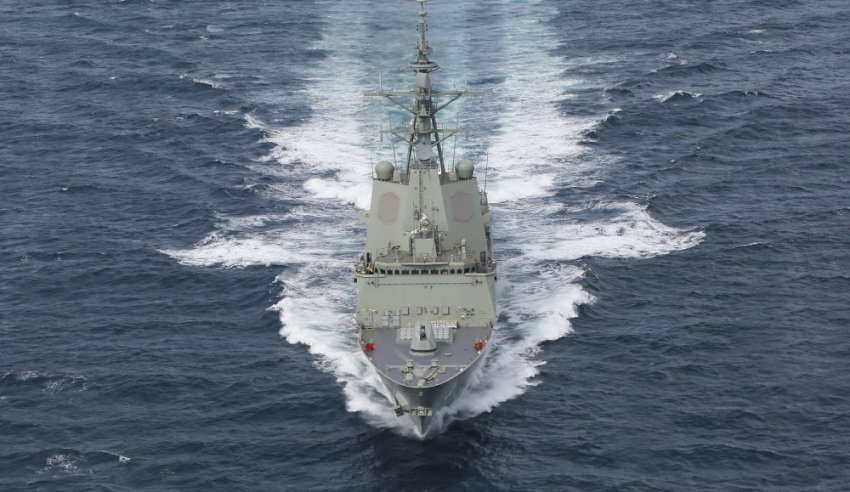The 2017-18 federal budget has promised to deliver on commitments set out in the 2016 Defence White Paper, while also edging closer to achieving GDP goals set in 2013.
To continue reading the rest of this article, please log in.
Create free account to get unlimited news articles and more!
Defence expert Dr Mark Thomson of ASPI said, from a defence perspective, few in the industry could criticise this year's budget.
"I think it's hard not to be on the upbeat side," Dr Thompson said.
"They've made good on their promise to defence, they're making good progress on the naval projects, you couldn't ask for much more than what's happening."
The figures presented in the budget said Defence will receive $34.6 billion in funding this financial year and $150.6 billion across the four-year forward estimates, reaffirming the government's commitment to its 10-year, $195 billion investment plan outlined in the 2016 white paper.
The $34.6 billion figure for 2017-18 falls just short of 2 per cent of gross domestic profit, a figure the coalition promised when it secured office in 2013.
This puts the government on track to reach its goal by 2020-21, three years earlier than initially forecast but in line with a commitment Prime Minister Malcolm Turnbull made last year as part of a regional defence strategy.
This is also in line with requests from the US to its allies to commit to a minimum 2 per cent of GDP on defence spend.
The budget has also given some insight into Australia's largest ever defence program – the $89 billion build of new submarines.
So far, $127 million has been spent on the project and it is estimated that $319 million will be spent this financial year.
The 2017-18 budget papers also indicate the government will now provide $55 million of staged equity injections to ASC over the next five years, beginning with $44 million over the forward estimates to 2020-21.
The government said this will strengthen company’s balance sheet following the transfer of the majority of its physical shipbuilding assets to a newly created entity – Australian Naval Infrastructure Pty Ltd.
The budget also revealed the Australian Defence Force numbers, currently at 59,194, are still below target, but Defence has said there will be continued focus on the implementation of the 2016-2026 Defence Strategic Workforce Plan and reform in accordance with the First Principles Review to improve figures.
"Defence continues to implement flexible work arrangements, including the ADF Total Workforce Model which came into effect on 1 July 2016," the document reads.
"This model supports the White Paper and First Principles Review objectives by enabling optimal use of the whole of the ADF’s workforce (Permanent and Reserve components), allowing greater strategic and organisational flexibility and agility. The model will afford ADF members increased access to flexible service arrangements, encouraging them to make service in the ADF a longer-term career."
The budget also recommitted Australian troops to overseas missions, most notably the fight against Islamic State (ISIS/Daesh) in Iraq and Syria.
This cost falls under Operation Okra, which started in 2014 and it is expected to receive an extra $100 million of funding to secure the region for the future.

 Login
Login







